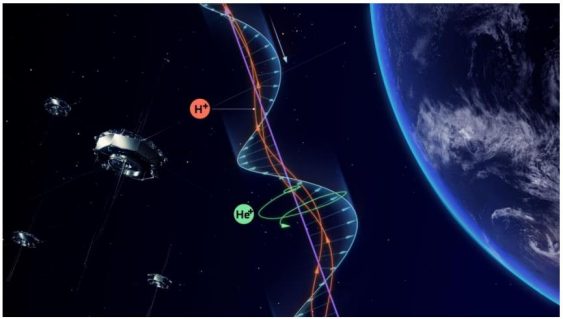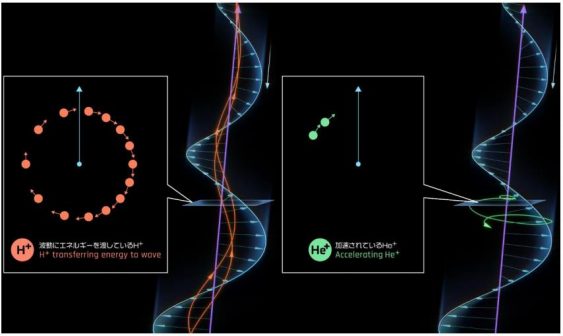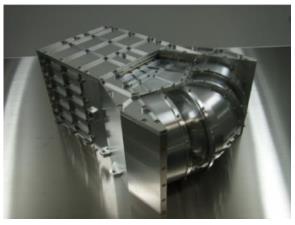Figure 1 (Credit: The University of Tokyo)
Energy transfer between particle populations via plasma waves in space verified
Using data obtained in Magnetospheric Multiscale (MMS) observations led by NASA, an international joint group of researchers led by Researcher Naritoshi Kitamura at the Japan Aerospace eXploration Agency (JAXA) (now The University of Tokyo), Specially Appointed Assistant Professor Masafumi Shoji and Professor Yoshizumi Miyoshi at the Institute for Space-Earth Environmental Research, and Assistant Professor Shoichiro Yokota at the Japan Aerospace Exploration Agency (JAXA) (now Osaka University), verified energy transfer between particle populations in space plasmas.
The international research group analyzed data obtained on the MMS mission, which aims to clarify the mechanism of “magnetic reconnection” that catalysts the transfer of energy from massive solar flares to Earth’s magnetosphere. They examined data acquired using Fast Plasma Instrument Dual Ion Sensors (FPI-DIS) on the four identical MMS spacecraft, confirming that energy was transferred via plasma waves in space near Earth. This is the first confirmation of energy transfer between plasmas via plasma waves.
Space is not a perfect vacuum but is filled with electrically-charged particles called “plasma.” In geospace, the region of the outer space near Earth, especially in the polar regions, electrically-charged particles with high energy strike atoms and molecules excite those atoms, causing them to light up, which is called an aurora. It is thought that energy transfer in plasma is caused by changes in electromagnetic fields; however, that was not verified through observations.
“Whistlers,” or plasma waves of several kHz, are thought to generate extremely high energy electrons, which form a radiation belt, hazarding artificial satellites. Currently, the Arase spacecraft, which was launched by JAXA to study the Van Allen radiation belts in December 2016, observes whistlers and electrons for studies.
Meanwhile, NASA’s MMS satellites observed plasma waves called “electromagnetic ion cyclotron (EMIC)” waves at an altitude of about 60,000 km in September 2015. They also observed ions with FPI-DIS on MMS satellites.
Through analysis results of plasma waves and ions, this international joint group revealed that energy was transferred from hydrogen ions to helium ions via EMIC waves. This will allow for verification through observations of energy transfer between plasmas in space.
Abstract
Particle acceleration by plasma waves and spontaneous wave generation are fundamental energy and momentum exchange processes in collisionless plasmas. Such wave-particle interactions occur ubiquitously in space. We present ultrafast measurements in Earth’s magnetosphere by the Magnetospheric Multiscale spacecraft that enabled quantitative evaluation of energy transfer in interactions associated with electromagnetic ion cyclotron waves. The observed ion distributions are not symmetric around the magnetic field direction but are in phase with the plasma wave fields. The wave-ion phase relations demonstrate that a cyclotron resonance transferred energy from hot protons to waves, which in turn nonresonantly accelerated cold He+ to energies up to ~2 kilo–electron volts. These observations provide direct quantitative evidence for collisionless energy transfer in plasmas between distinct particle populations via wave-particle interactions.


Figure 2 (Credit: The University of Tokyo)

Figure 3 (Credit: JAXA)
The article, “Direct measurements of two-way wave-particle energy transfer in a collisionless space plasma,” was published in Science at DOI: https://doi.org/10.1126/science.aap8730









